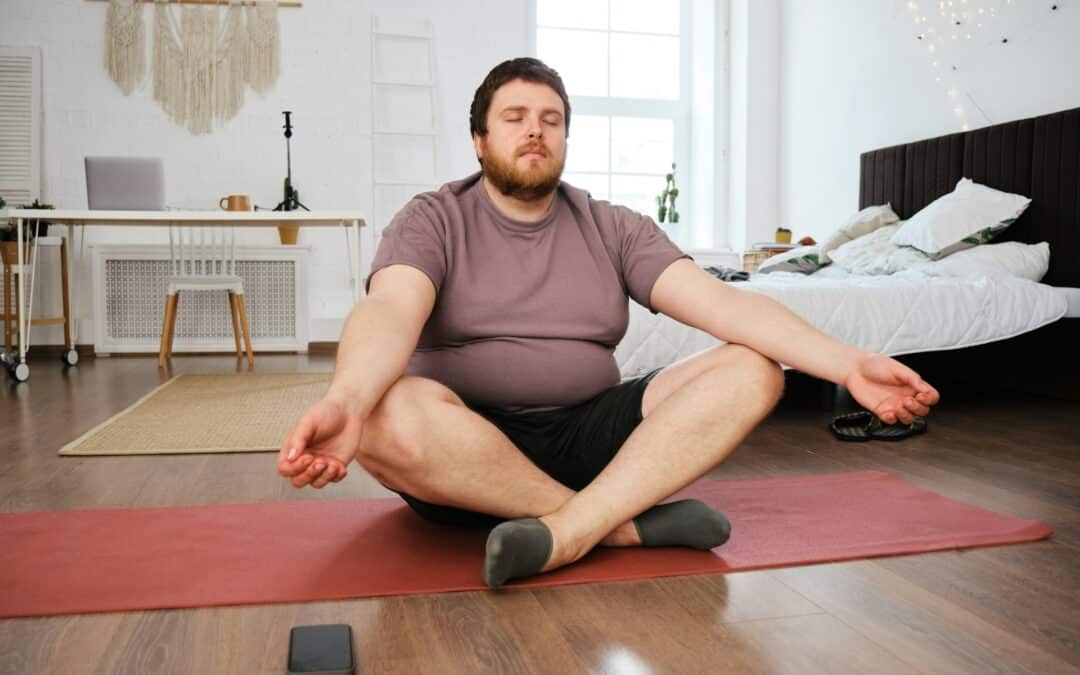When it comes to healing from past trauma, many people seek methods that not only bring relief but also empower and uplift. Eye Movement Desensitization and Reprocessing (EMDR) and yoga are two such practices that, when combined, offer a powerful approach to healing, especially for gay men facing unique challenges. Both practices work on different aspects of recovery, making them a strong duo in the journey toward mental and physical well-being.
EMDR focuses specifically on processing traumatic memories, allowing individuals to heal from past experiences. Yoga, known for its holistic approach to health, supports both emotional and physical healing. Together, they offer a comprehensive healing experience that addresses the mind and body. Danni Pomplun, a recognized Yoga Educator and Mentor, has guided many on the path of integrating these practices into their healing endeavors.
Understanding EMDR (Eye Movement Desensitization and Reprocessing)
EMDR is a therapeutic approach designed to help people deal with distressing memories and past trauma. It works by using guided eye movements that, combined with memory recall, help reprocess painful experiences. This method assists in reducing the emotional charge associated with traumatic memories, enabling individuals to face their fears and anxieties with less intensity.
For trauma recovery, EMDR provides several benefits:
– Facilitates faster processing of trauma memories
– Reduces symptoms of post-traumatic stress disorder (PTSD)
– Alleviates anxiety and depression linked to trauma
This therapy is particularly beneficial for gay men who have encountered experiences related to discrimination, rejection, or identity struggles. By focusing on healing hidden wounds, EMDR aids in breaking the cycle of emotional pain and paves the way for a healthier, more balanced life.
How Yoga Complements EMDR
Yoga serves as a perfect partner to EMDR by addressing physical and emotional aspects of healing. Yoga’s principles center around balance, mindfulness, and breath control, which enhance not only physical well-being but also emotional resilience. By incorporating yoga into their routine, individuals find a sanctuary of peace and stability that complements the emotional processing facilitated by EMDR.
The benefits of engaging in yoga include:
– Enhancing relaxation and reducing anxiety
– Promoting mental clarity and emotional stability
– Supporting physical strength and flexibility
Yoga not only aids recovery but also improves the effects of EMDR by preparing the body and mind for deeper emotional processing. Regular practice builds a foundation of resilience, helping tackle life’s challenges with greater ease. As an example, many find that practicing mindful breathing before an EMDR session allows for a more centered and focused experience, making the therapeutic process more effective.
The synergy between EMDR and yoga offers a holistic healing path that rejuvenates the spirit and supports emotional health, making it an ideal choice for those seeking transformative recovery.
Practical Steps to Incorporate Yoga with EMDR
Bringing together yoga and EMDR requires a thoughtful approach that considers individual needs and goals. The first step involves a comprehensive assessment to understand personal trauma and the best ways to address it. This assessment helps in creating a tailored plan that integrates both yoga and EMDR practices effectively.
Recommended yoga poses, such as Child’s Pose and Warrior II, support trauma recovery by promoting relaxation and grounding. These poses help release tension and build physical and psychological resilience. When combined with EMDR sessions, they reinforce a sense of stability and calm. It’s important for individuals to find a comfortable pace, allowing time for each practice to unfold naturally without feeling rushed.
Integrating EMDR techniques into yoga sessions is about more than movement; it’s about mindful presence. Techniques like focused breathing and meditation enhance the therapeutic effects of EMDR, fostering a deeper connection between the mind and body. Safe and supportive settings, whether personal or guided by an experienced practitioner, ensure a nurturing environment for healing to progress smoothly.
Success Stories and Testimonials
Many have found success by combining EMDR and yoga, reporting a more balanced and peaceful state of mind. For instance, one individual who faced years of anxiety and stress found relief through a structured routine of EMDR and yoga practice. This approach helped in processing memories and building a stronger sense of self. The positive outcomes lead to increased confidence and lessened anxiety in daily life.
Such stories emphasize the strength of combining these two approaches. People often experience improved emotional health and greater clarity, allowing them to live more fulfilling lives. The encouragement drawn from these stories can inspire those hesitant to try such integrated practices.
Empower Your Healing Journey
Together, yoga and EMDR offer a path that addresses both emotional and physical aspects of healing. The combination provides a balanced approach to trauma recovery, connecting the mind and body in a profound way. Engaging in these practices opens up new possibilities for moving beyond past struggles and embracing a brighter future. Through the guidance of experienced practitioners, individuals can explore and discover their personal path to recovery, finding support and empowerment along the way. Whether one chooses to start this journey now or in the near future, the opportunity for healing and growth is within reach, inviting a renewed connection with oneself and the world.
If you’re ready to explore the benefits of yoga with EMDR for gay men’s trauma recovery, consider joining one of Danni Pomplun’s engaging workshops. These sessions are designed to provide a supportive environment where you can connect with a community on a similar healing path. Discover more about the workshops by reaching out to us, and take a step toward embracing a healthier and more balanced life.

